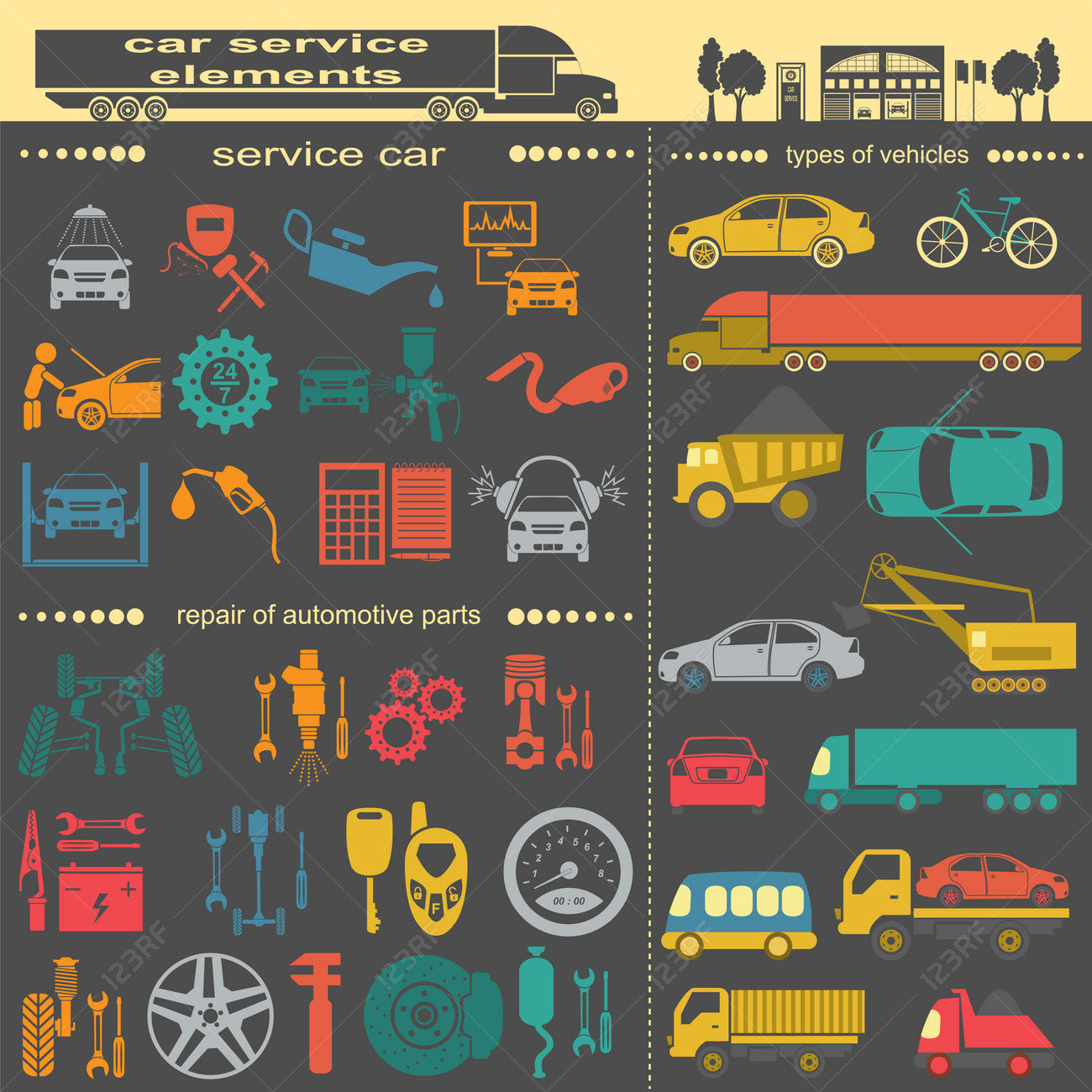Eager To Understand What The Dashboard Caution Lights In Your Car Indicate? Explore Their Definitions For The Health And Safety Of Your Automobile
Eager To Understand What The Dashboard Caution Lights In Your Car Indicate? Explore Their Definitions For The Health And Safety Of Your Automobile
Blog Article
Team Author-Samuelsen Winters
When you lag the wheel, those beautiful warning lights on your dashboard can be a little bit difficult. Do carwashnearaucklandairport understand what they're attempting to tell you regarding your auto's wellness? Recognizing the significance of these lights is essential for your safety and security and the longevity of your vehicle. So, the next time one of those lights pops up, would not you wish to understand its message accurately and take the essential steps to resolve it?
Common Warning Lighting and Interpretations
Recognize common warning lights in your car and recognize their significances to guarantee risk-free driving.
The most typical warning lights consist of the check engine light, which signifies issues with the engine or emissions system. If this light comes on, it's critical to have your automobile examined promptly.
The oil pressure advising light shows reduced oil pressure, calling for prompt interest to avoid engine damage.
A flashing battery light could suggest a defective charging system, potentially leaving you stranded otherwise dealt with.
The tire pressure tracking system (TPMS) light signals you to reduced tire pressure, influencing automobile stability and fuel performance. Ignoring https://elliotqkfyt.dgbloggers.com/30331744/an-extensive-handbook-on-automobile-describing-products-important-insights-for-beginners could lead to hazardous driving conditions.
https://damiensnicw.ziblogs.com/30039513/success-story-revitalizing-an-abandoned-lorry-with-specialist-outlining shows an issue with the anti-lock stopping system, endangering your capability to stop promptly in emergencies.
Last but not least, the coolant temperature alerting light warns of engine getting too hot, which can cause extreme damage otherwise dealt with swiftly.
Understanding these usual caution lights will certainly aid you deal with problems immediately and maintain safe driving problems.
Relevance of Prompt Attention
Comprehending the common warning lights in your cars and truck is just the initial step; the relevance of immediately dealing with these cautions can not be emphasized enough to guarantee your safety on the road.
When a caution light illuminates on your control panel, it's your cars and truck's method of connecting a possible concern that needs attention. Neglecting car cleaning services auckland can result in more extreme issues in the future, jeopardizing your safety and possibly costing you much more out of commission.
Motivate attention to cautioning lights can avoid malfunctions and mishaps. For instance, a blinking check engine light can indicate a misfire that, if left unattended, could cause damages to the catalytic converter. Addressing this without delay can conserve you from a pricey repair work.
Likewise, a brake system alerting light could signal reduced brake fluid or worn brake pads, critical elements for your safety and security when driving.
DIY Troubleshooting Tips
If you discover a caution light on your dashboard, there are a couple of do it yourself troubleshooting ideas you can attempt prior to looking for specialist help.
The very first step is to consult your cars and truck's manual to understand what the details caution light suggests. Occasionally the concern can be as straightforward as a loose gas cap causing the check engine light. Tightening up the gas cap might settle the trouble.
Another common problem is a reduced battery, which can cause different alerting lights. Checking the battery links for rust and ensuring they're secure might repair the trouble.
If a warning light continues, you can try resetting it by separating the cars and truck's battery for a couple of minutes and then reconnecting it. Furthermore, checking your automobile's liquid degrees, such as oil, coolant, and brake liquid, can aid repair cautioning lights related to these systems.
Conclusion
In conclusion, recognizing your vehicle's warning lights is necessary for keeping your automobile running smoothly and safely. By without delay resolving these signals and understanding what they suggest, you can prevent expensive fixings and prospective malfunctions.
Keep in mind to consult your automobile's handbook for particular details on each warning light and do something about it accordingly to make certain a hassle-free driving experience.
Keep educated, stay secure when driving!
